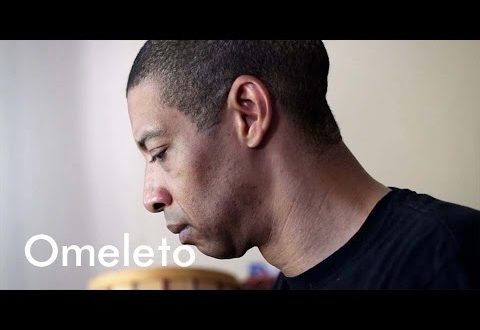“The real power of art is the ability to galvanize and organize all those pigments and materials… and pour a soul into it.” —Mario A. Robinson.
The work of Mario Andres Robinson fits squarely within the tradition of American painting. His paintings bear a close affinity to the masters of the realist tradition — Andrew Wyeth and Thomas Eakins.
Containing few references to modern life, his work has a timeless and universal quality, and shows a distinct turn-of-the-century stylistic aesthetic. The images he chooses, which refer to a bygone era where solitude and reflection were plentiful, also provoke frequent allusions to the paintings of Winslow Homer and Edward Hopper.
Beginning in 1994, he began to use rural subjects, primarily located in the state of Alabama. Each subject is very personal for the artist — both in choice and execution.
As he creates the work, his relationship with the sitter develops, evolving into a uniquely personal story. Robinson often shows subjects framed within the context of their daily lives. The underlying narrative counters sentimentality and serves as the underpinning for his figurative images.









Join the Discussion
Type out your comment here:
You must be logged in to post a comment.